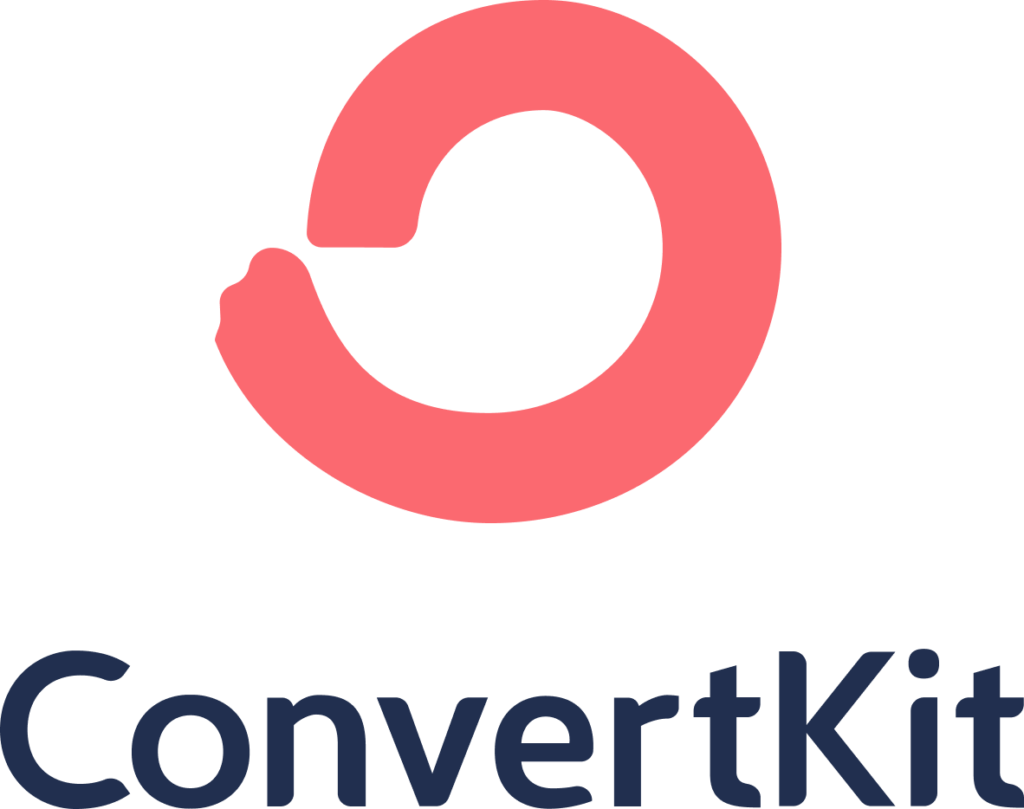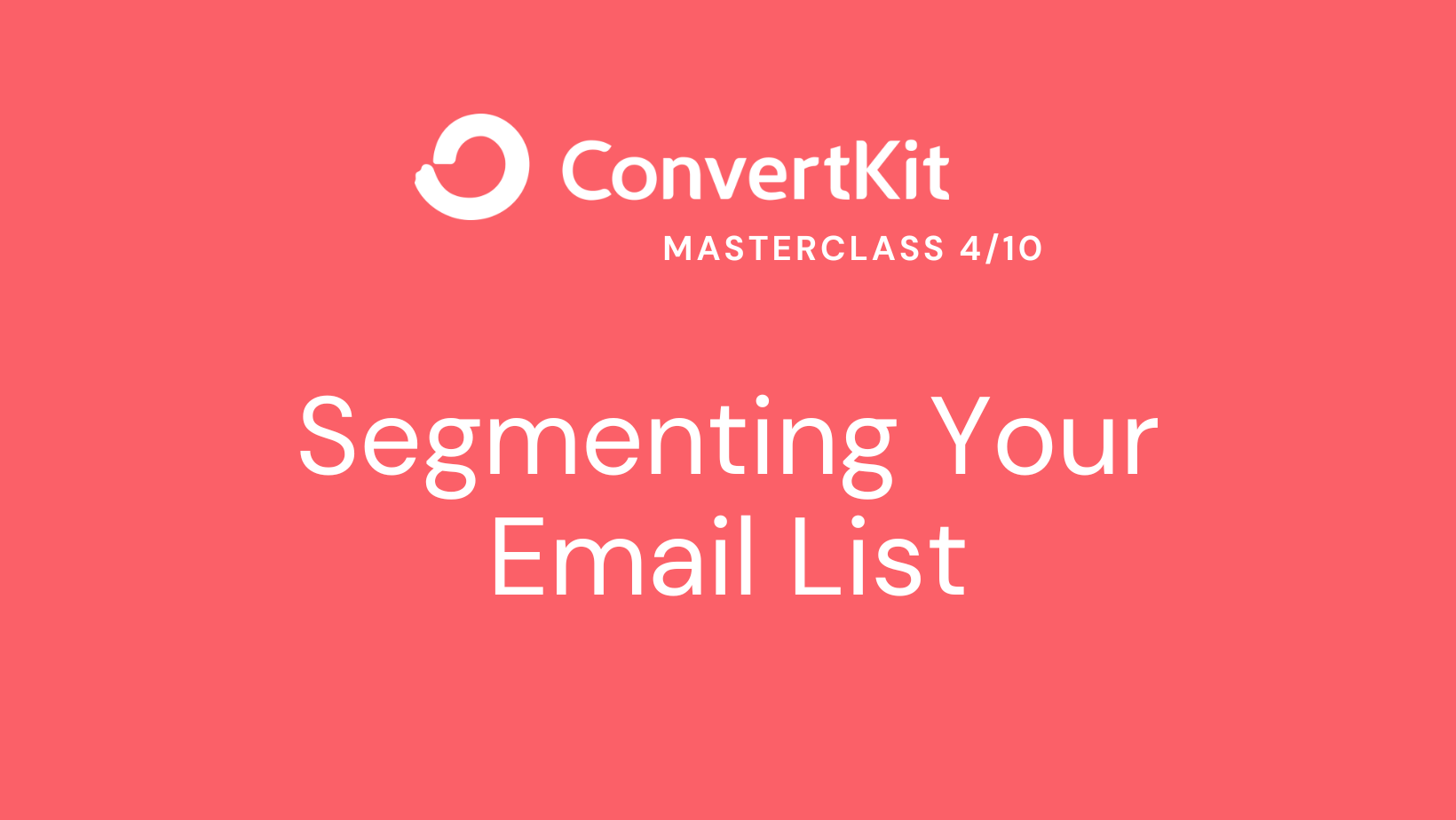Automate Your Segmentation
Automating your segmentation process in ConvertKit can save you time and effort while ensuring that your subscribers receive relevant content based on their interests and behavior. ConvertKit offers robust automation features that allow you to automatically segment your email list and trigger specific actions based on predefined rules. In this section, we’ll explore how to automate your segmentation process in ConvertKit effectively.

Try ConvertKit
ConvertKit is the only email marketing platform we use, and will ever use.
ConvertKit is our #1 recommended email marketing platform because it has been built with care to the exact needs of creators building online businesses. Their user experience is very user-friendly. And segmenting our subscribers into focused groups so that we can deliver content specific to their needs has never been easier. We’re all-in on ConvertKit.
Set up Automation Rules
ConvertKit’s automation rules feature allows you to create triggers and conditions that automatically apply tags or perform actions based on subscriber behavior. Here’s how you can automate your segmentation using rules:
- Define Trigger Events: Identify the events or actions that will trigger your automation. For example, a trigger event can be a subscriber clicking on a specific link in your email or filling out a form on your website.
- Specify Conditions: Set up conditions that need to be met for the automation to execute. These conditions can include specific tags, custom field values, or other subscriber attributes. For example, you can create a condition that triggers an automation only if a subscriber has the “Beginner” tag and has opened at least two of your last three emails.
- Apply Actions: Once the trigger events and conditions are met, you can define the actions to be taken. This can include applying specific tags, sending targeted emails, adding or removing subscribers from sequences, or updating custom fields.
Behavior-based Segmentation
One effective way to automate your segmentation is by using behavior-based triggers. By monitoring how subscribers interact with your emails, website, or other content, you can automatically segment them into relevant categories. Here are some examples:
- Link Clicks: Set up an automation that applies tags based on the links subscribers click in your emails. For instance, if a subscriber clicks on a link related to “Product A,” you can apply a tag like “Interested in Product A.”
- Purchase History: If you have an e-commerce business, you can automatically segment subscribers based on their purchase history. Apply tags such as “Frequent Buyer,” “Abandoned Cart,” or “High-Value Customer” to tailor your email communication accordingly.
- Engagement Levels: Segment subscribers based on their engagement levels with your emails. Apply tags like “Active Subscriber,” “Inactive Subscriber,” or “Engaged Reader” to target your messaging and re-engage inactive subscribers.
Sequences and Drip Campaigns
ConvertKit’s sequences feature allows you to create automated email series that can further enhance your segmentation efforts. Here’s how you can use sequences for automated segmentation:
- Onboarding Sequences: Create an onboarding sequence for new subscribers that introduces them to your brand, delivers valuable content, and collects more information about their interests. Based on their interactions with the sequence, you can further segment them into appropriate categories.
- Drip Campaigns: Design drip campaigns that deliver a series of emails over a specified period. By segmenting subscribers into different sequences based on their interests or engagement, you can provide tailored content and nurture them effectively.
Monitor and Adjust
Automating your segmentation doesn’t mean you can set it and forget it. It’s important to regularly monitor the performance of your automated segmentation and make adjustments as needed. Pay attention to metrics like open rates, click-through rates, and conversion rates to gauge the effectiveness of your automated segments.
Make use of A/B testing to refine your automation rules and improve your segmentation strategy over time. Experiment with different triggers, conditions, and actions to optimize your results and ensure that your segments remain relevant and valuable to your subscribers.
Automating your segmentation process in ConvertKit allows you to streamline your email marketing efforts and deliver highly targeted content to your subscribers. By setting up automation rules, leveraging behavior-based triggers, utilizing sequences and drip campaigns, and continuously monitoring and adjusting your segmentation strategy, you can enhance subscriber engagement, improve conversions, and achieve better overall email marketing results.
In the next section, we will explore how to test and refine your segmentation to maximize its effectiveness. Stay tuned for our upcoming blog post on “Test and Refine Your Segmentation” in ConvertKit.


Leave a Reply